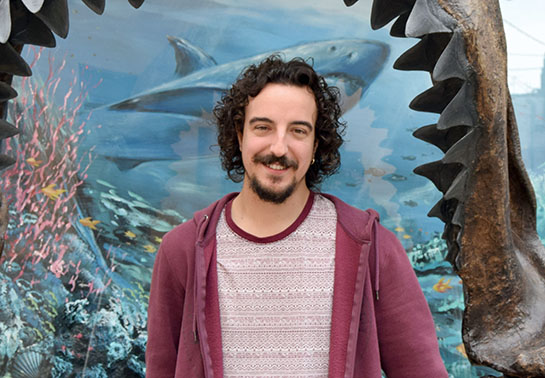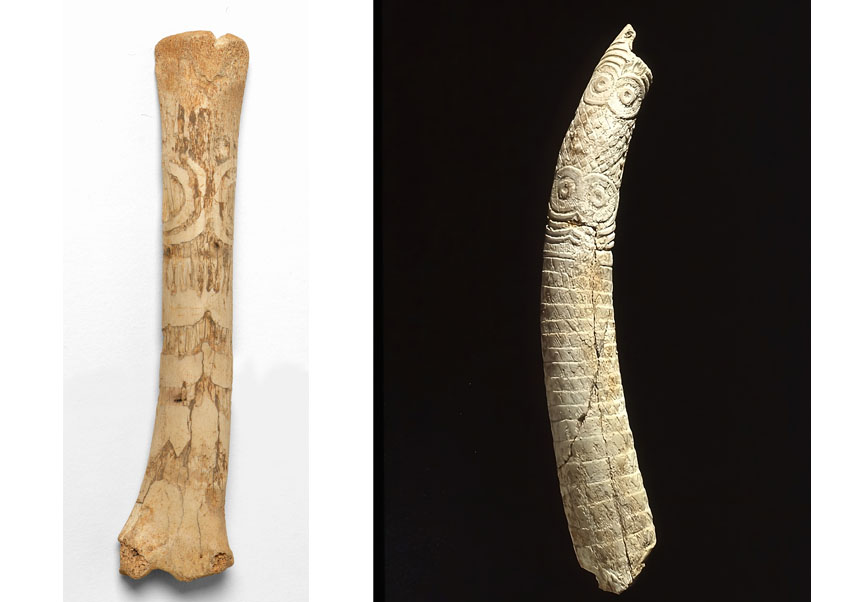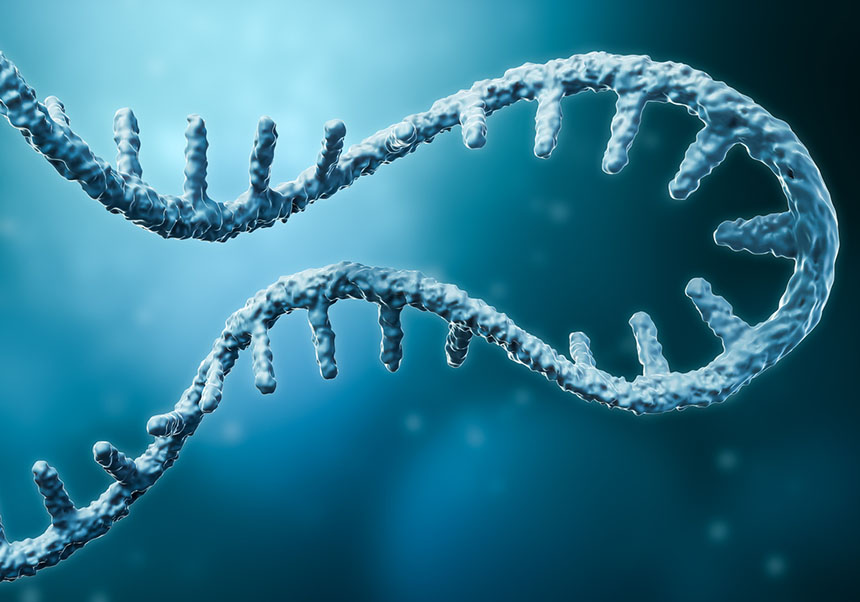Humberto Ferrón, researcher of the Cavanilles Institute of Biodiversity and Evolutionary Biology, receives an International Research Award in Palaeontology
- Fundació Parc Científic
- January 9th, 2019

The researcher of the Cavanilles Institute of Biodiversity and Evolutionary Biology was the winner of the 7th edition of the ‘International Research Award in Palaeontology Paleonturology 18’, thanks to a work on extinct giant sharks published in PLOS ONE. The Award is given by the Foundation Conjunto Palontológico de Teruel-Dinópolis.
Giant sharks of the family of ontodintae inhabited the oceans for 60 billion years until they became extinct; the shark popularly known as ‘Megalodón’ can be found among them. They could reach a length of 16 metres. The awarded work in the 7th edition of the ‘International Research Award in Palaeontology Paleonturology 18’ analyses the reasons of their gigantism, which were misunderstood until today, since they were related to climatic conditions. Nevertheless, one of the most important results of this research could be related to endothermic conditions (the capacity to keep the body temperature constant and independent of the background temperature). In this regard, it must be underlined that the ontodintae were traditionally considered ectothermic organisms (that is, they regulate their body temperature on the basis of the background temperature), but the awarded research shows evidences that they were endothermic. This condition could be the reason of their gigantism and it could have allowed an active lifestyle as megapredators, similar to the current killer whale.
The research suggests different methods to investigate the gigantism (geochemical, morphological and biomechanical) and it points out because of its exhaustive statistic data treatment. One of the contributions consists in the attempt at an explanation of the energy expense they used when they swam. The graphic content of the research also points out, because it includes diagrams which allow the reader to forecast energy levels (in other words, activity levels) on the basis of body and tooth shape. The final results suggest that the currently accepted hypothesis on the evolution of regional endothermic conditions on fishes must be revised.
The author of the research is Humberto Ferrón, a researcher of the Cavanilles Institute of Biodiversity and Evolutionary Biology of the Universitat de València, and his research was published in PLOS ONE. Maria E. McNamara (University College Cork, Irlanda), Julio Aguirre (University of Granada) and Ainara Aberasturi (Principal of the Paleontological Museum of Elx) were members of the Jury of researchers, and Luis Alcalá (Foundation Conjunto Palontológico de Teruel-Dinópolis) also participated, as secretary. The Award consists in 4,500 euro and a public edition of the winning research.
Humberto Ferrón is a member of the EVER group (the Early Vertebrate Evolution Research-lab) (http://www.evervalencia.es/) which is included in the group of Palaeontology and Theoretical Biology of the Cavanilles Institute. His speciality is the study of the origin and the early evolution of the first vertebrates as well as the timing and the rhythm of the tissue and skeletal structure development. The research combines theoretical biology, traditional palaeontology and comparative anatomy studies as well as developmental biology of existing organisms.
File in: Ciencias de la Vida
















